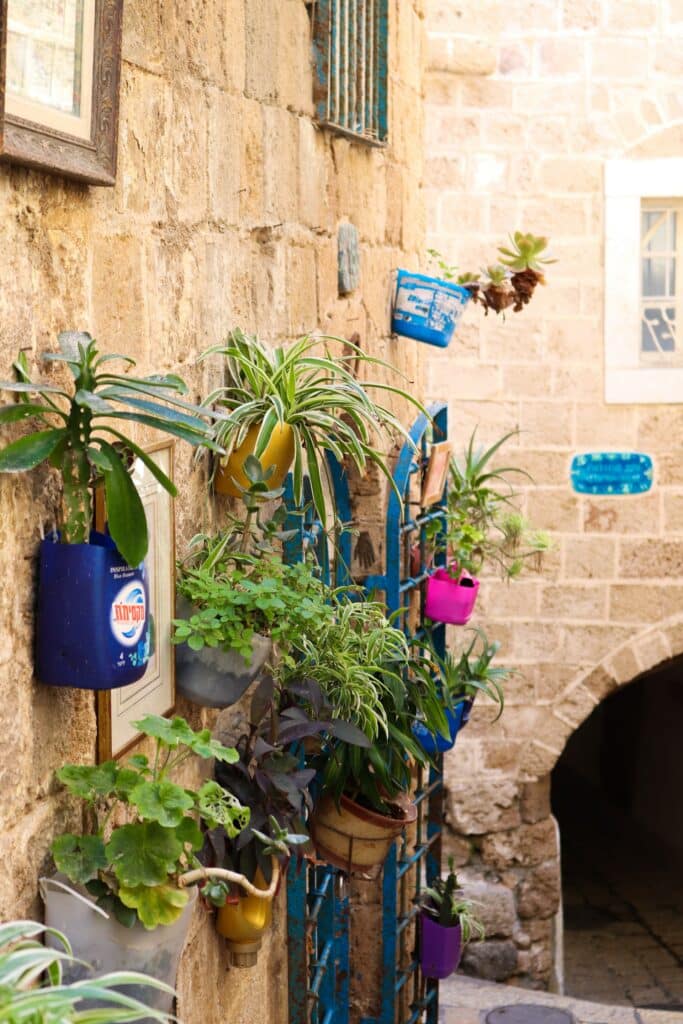Sustainable products – a consumer’s path to carbon reduction
Sustainable products can be made of better materials, longer lasting or more easily recycled. But most of all they are good design. Here are some things to look for when choosing your stuff.
Low-carbon sustainable products can be efficient, minimal or use sustainable materials but they all have great design in common. Today we’ll going to look at some traits you can look for in products that make them more sustainable in terms of carbon energy and resources. Here’s 7 things to look for them might make a product you’re going to buy a more sustainable
1. Energy – choose energy efficient devices
if the product you’re about to buy uses energy or electricity then that’s a good place to start. You want something that’s efficient as possible. Although they’re not perfect substitutes Ipads and MacBook Airs are far more energy efficient than their larger desktop varieties. This is a good general rule when it comes to computing; the smaller and sleeker the product, the more energy efficient it is likely to be.

2. Less use of material – choose products with minimalistic designs
If a product doesn’t use energy, then most of its footprint is locked in at the design phase. One of the simplest and most elegant ways to reduce that footprint is to choose less materials. A classic example of this is the minimal iron butterfly chairs which have been copied the world over because their design was just so good.
3. Reclaimed materials – choose upcycled products
When it comes to embodied emissions, the lowest footprint materials we can get are those that are reclaimed. I’m a big fan of these bookshelves made out of scaffolding boards by Relic Interiors.
4. Recycled materials – choose products with recycled materials
When a new home is furnished, what typically has by far the largest footprint in that process are the floor coverings. Carpet in particular have a massive carbon footprint, but there are some on the market which use a large amount of recycled fibers which can largely reduce their emissions. This type of footprint is long
5. Sustainable material – choose products made from sustainable materials
When it comes to embodied carbon, not all virgin materials are created equal. In fact, they’re far from that. Producing things like metals and glass is very carbon intensive, which means you can get a very limited amount of material out of a given carbon budget. Contrast that with natural materials like wood and stone, which require very little energy to get them market ready. So you can get a lot more material out of the certain carbon budget.
There are cases where wood and stone work less well. If you must use single-use products like toilet paper, floss, diapers, then materials like bamboo is a good sustainable material. For example we cover biodegradable floss picks and bamboo features heavily.
6. Recyclable and disassemble – choose products easy to divert back into supply chain

In order to close the material loop more often and reduce the need for further resource extraction, we want to make products more disassembable and recyclable. Probably the most painless standard that helps to optimize the entire supply chain for material recovery is the cradle to cradle design. If you can get anything that is Cradle to Cradle certified then you’re pretty sure you’re onto a good thing in terms of the materials in that product future use. Single use items like paper towels are the bane of cradle-to-cradle.
7. Buy things that will last – choose sustainable products that last
And finally my favorite which is the most elegant and simple idea is to just buy things that are going to last. The flying pigeon is a Chinese bicycle. It is the most popular vehicle in human history. Over 500 million of them have been made today and literally hundreds of millions of them are still on the road after 40 or 50 years. They’re efficient, durable, elegant and fixable.
Lindsay Wilson
I founded Shrink That Footprint in November 2012, after a long period of research. For many years I have calculated, studied and worked with carbon footprints, and Shrink That Footprint is that interest come to life.
I have an Economics degree from UCL, have previously worked as an energy efficiency analyst at BNEF and continue to work as a strategy consultant at Maneas. I have consulted to numerous clients in energy and finance, as well as the World Economic Forum.
When I’m not crunching carbon footprints you’ll often find me helping my two year old son tend to the tomatoes, salad and peppers growing in our upcycled greenhouse.
